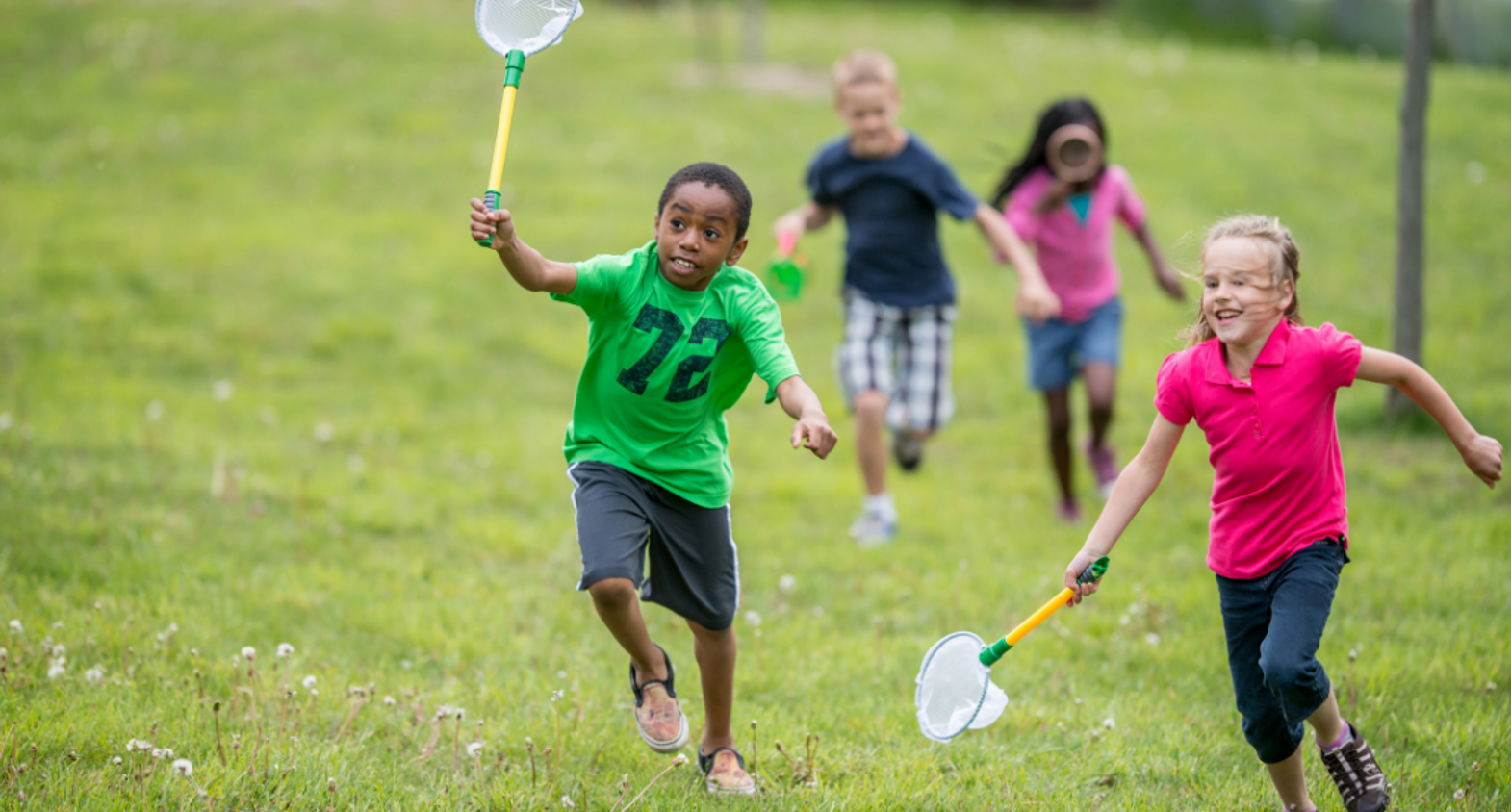Have you enjoyed getting outside more over the last year in your personal life due to the pandemic?
Did you find it difficult not getting outside with your class due to virtual teaching?
The future of teaching seems to be brighter after last week’s announcement and now we have an update on when schools will be reopening.
Teacher’s across the country (and the world) have had to adapt and amend their way of working daily because of last minute government updates over the past year due the pandemic.
Everyone has had to get used to this new way of living and working and it has been difficult for all.
However, there has been some positives that have come out of these precedented times. With walking and exercise being one of the few approved activities, we have all learned to get outside more.
And what a better way to spend your time? Surrounding yourself in one of life’s blessings – nature.
So why do we not incorporate this more into our teaching? With more and more nature positive schools, nurseries and facilities opening, they are one of the few ways of learning that has been easily accessible during this pandemic.
Should we incorporate outside learning into our teaching more often?

Get outside!
You don’t need to have an elaborate facility with a private forest attached to your school to teach outside. The smallest outside area can open lots of opportunities for outside learning. The change in scenery itself provides a variation from the classroom which will offer the opportunity to engage your students. The break from the classroom may be just what your class needs, even if the lesson is not based around an ‘outside’ subject.
Adapt & Engage
It could be a bit overwhelming at first for you students, especially if they are of a younger age group. They need to understand the transition of the outside being a learning space and not just for playtime. Ensure you are giving clear instructions and provide them information and learning of why it is so important to get outside and look after nature. Make your lessons engaging by using alternative equipment that you would in the classroom and make it exciting by wearing alternative clothing such as wellies and coats. Get your behaviour management (http://dunbareducation.makeitgreater.com/wp/blog/6tipstochangeyourbehaviourmanagement/) down early to make the experience enjoyable for all.
Sensory
With schoolwork becoming more and more technical and online, this generation are more stuck on a computer, tablets, and mobile phones (outside of school of course!) now more than ever. They are not used to exploring other senses or the need/want to be outside like past generations. Make the lesson interactive by working in teams or pairs. Base your activities around sensory experiences such as touch and hearing. Why not incorporate team building exercises and get the students to use blindfolds to guide each other or listen out for their surroundings.
Toy Time
You want your class to understand this is not playtime like discussed above. However, this time can still be fun! Get toys involved that and create role play. Become explorers and adventurers that are discovering new habitats, exciting new worlds, the processes of life for newly found creatures, the importance of sustainability. Let us all become the next David Attenborough’s of this generation.
Take advantage of your surroundings
Exactly what it says on the tin. Create a world that you cannot do sat inside a classroom. Use the elements and the season to your benefit. Count leaves, use sticks, use clay, and don’t worry about getting messy. Be loud, be quiet. Jump and run. Make the outdoors a positive environment to encourage your students. Make shadow puppets on sunny days and tell stories using the environment. Use safe equipment for the environment to create role play and art. Paint trees and leaves and show your students why it is important to pick up litter, look after nature, and take care of the creatures that live within it.
The documentation is worth it!
There is paperwork and risk assessments that need to be thought about when introducing this kind of work. But don’t see this as a negative or a thing to put you off. Risk assessments can open lots of doors to exciting ways of learning in safe way. The DfE states “Children should be able to experience a wide range of activities. Health and safety measures should help them to do this safely, not stop them”.
The Eden Project is a good source to support resources, advice on risk assessments and lesson guides.
Push for mandatory
Outside learning is something that most schools can do if the space is available. It is also completely FREE! Make this the ‘norm’ so students do not feel like it is an inconvenience and push for them to understand the importance of why they should respect and look after nature and the environment. This can be incorporated into the curriculum across all learning as evidence shows this is beneficial to health, social skills, and learning.
Look for help
There’s lots of resources online that can support you to begin the journey of outside learning. Whether you want to go from the basics of outside learning, to gardening to ‘forest school’.
If this has interested you or you would like to work within a specialist ‘outside’ forward school, sometimes Dunbar works with ECO specialist schools or roles. Keep an eye out on our vacancies page and get in touch today.

